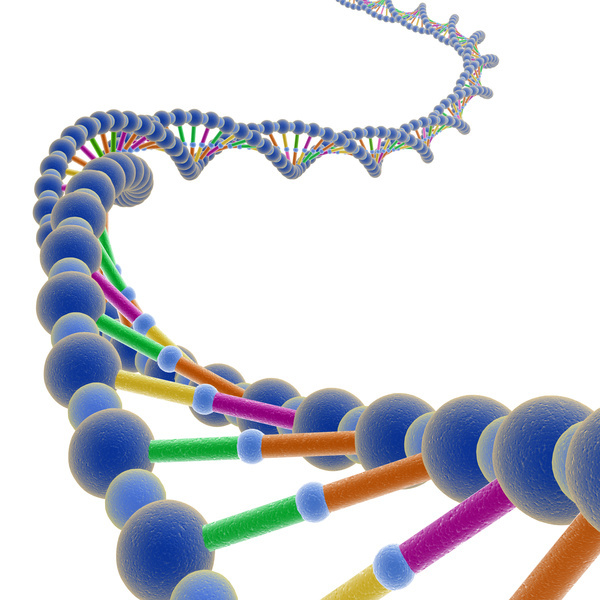How Pap Smears Could Detect Ovarian & Uterine Cancer

Pap smear tests, which screen for cervical cancer, may help identify ovarian and uterine cancer as well, a new study suggests.
That's because the cervical fluid collected during a Pap smear can contain cells, including cancer cells, that have been shed from theovaries or endometrium (the lining of the uterus). During the study, researchers developed a test to look for genetic markers of ovarian and endometrial cancers that were present in the cervical fluid. (The new test requires cervical fluid from a Pap smear, but analyzes it in a different way than does the test for cervical cancer.)
Among women already known to have these cancers, the test correctly identified 100 percent of endometrial cancers, and 41 percent of ovarian cancers. Fourteen healthy women also had the test, and none were identify as having cancer.
Currently, there are no recommended screening tests for ovarian or endometrial cancer. Proposed screening tests for these cancers, such as a blood test for ovarian cancer, often turn up false positive results, meaning they identify "red flags" that turn out not to be cancer.
The new test, or one like it, might one day be used to screen for ovarian and endometrial cancer, but the researchers stress much more work needs to be done before this could happen. Researchers need to study the test in a much larger group of women, and investigate whether or not it can find cancer in its earliest stages.
In the United States, about 15,000 women die from ovarian cancer and 8,000 die from endometrial cancer each year. Symptoms of ovarian cancer are vague, and women with the disease are often not diagnosed until the cancer has spread to other parts of the body. [See 5 Things Women Should Know About Ovarian Cancer.] Endometrial cancer is typically diagnosed early when symptoms such as vaginal bleeding occur.
During a Pap smear, doctors use a brush to collect samples of cells from the cervix, which are then studied under a microscope for signs of cancer. Recently, researchers have started testing cervical samples for DNA from human papillomavirus, or HPV, a virus that can cause cervical cancer.
Get the world’s most fascinating discoveries delivered straight to your inbox.
Using a method similar to HPV testing, the new test looks for DNA from ovarian and endometrial cancer cells. To create the test, the researchers identified genes that are frequently mutated in ovarian and endometrial cancer. The test, known as PapGene, screens for these abnormal genes.
The researchers tested PapGene on Pap smear samples from 22 women with ovarian cancer and 24 women with endometrial cancer. The test identified all 24 endometrial cancers, and nine out of 22 ovarian cancers.
The cost of PapGene could be similar to that for HPV testing, which is about $100, the researchers said.
A few changes might improve the ability of PapGene to detect ovarian cancer, such as inserting the cervical brush deeper into the cervical canal during a Pap smear, or finding more genetic markers of the disease, said study researcher Dr. Chetan Bettegowda, an assistant professor of neurosurgery at Johns Hopkins University.
But it could be that the biology of ovarian cancer may not always lend itself to this type of testing. "Perhaps only a proportion of ovarian cancers would have cells or DNA that are shed in sufficient quantities for detection [in the cervix]," Dr. Shannon Westin, a gynecologic oncologist at the University of Texas MD Anderson Cancer Center in Houston, and colleagues, wrote in an editorial accompanying the study.
The study and editorial are published today (Jan. 9) in the journal Science Translational Medicine.
Pass it on: A new test looks for genetic markers of ovarian and endometrial cancers in samples collected from Pap smears.
Follow Rachael Rettner on Twitter @RachaelRettner, or MyHealthNewsDaily @MyHealth_MHND. We're also on Facebook & Google+.

Rachael is a Live Science contributor, and was a former channel editor and senior writer for Live Science between 2010 and 2022. She has a master's degree in journalism from New York University's Science, Health and Environmental Reporting Program. She also holds a B.S. in molecular biology and an M.S. in biology from the University of California, San Diego. Her work has appeared in Scienceline, The Washington Post and Scientific American.


